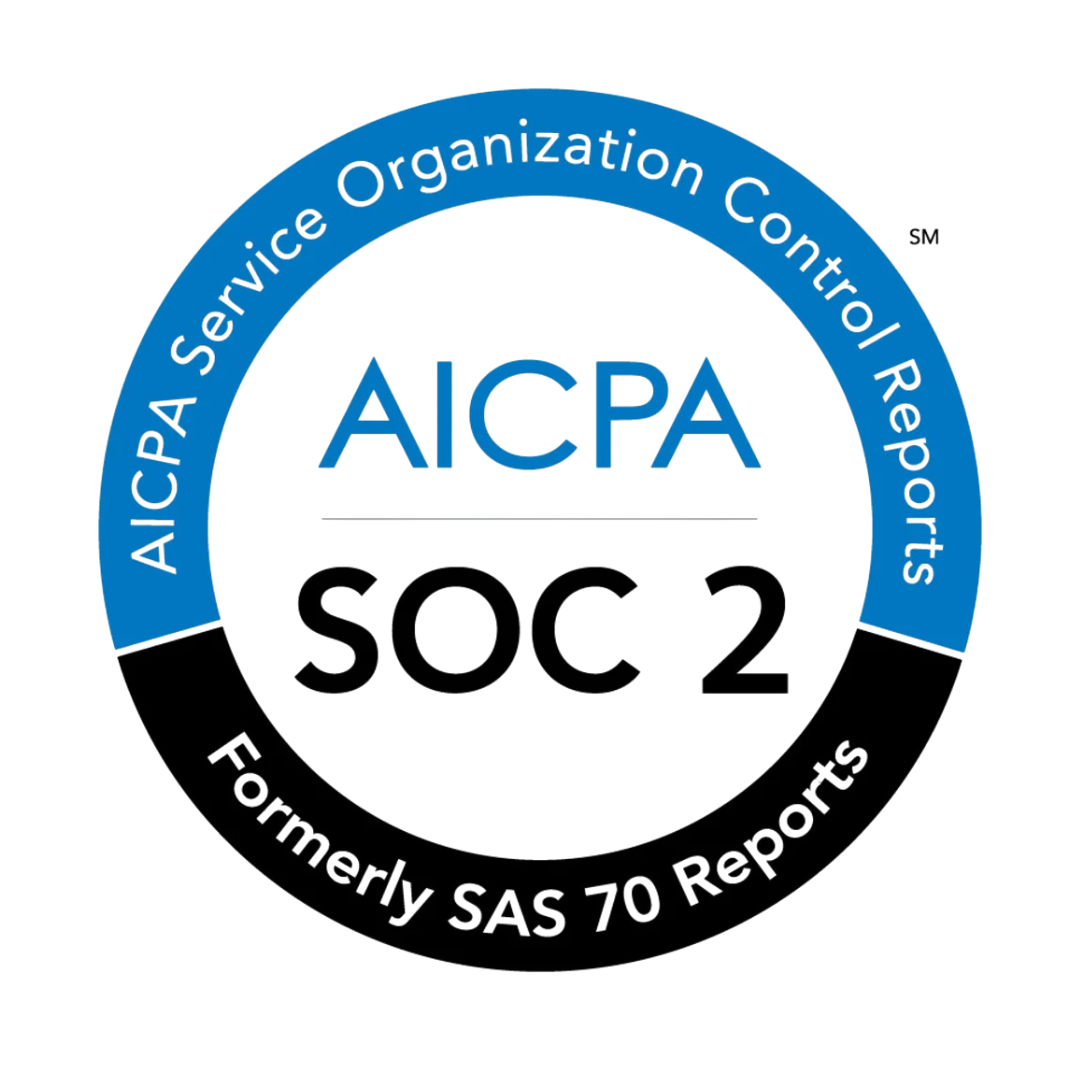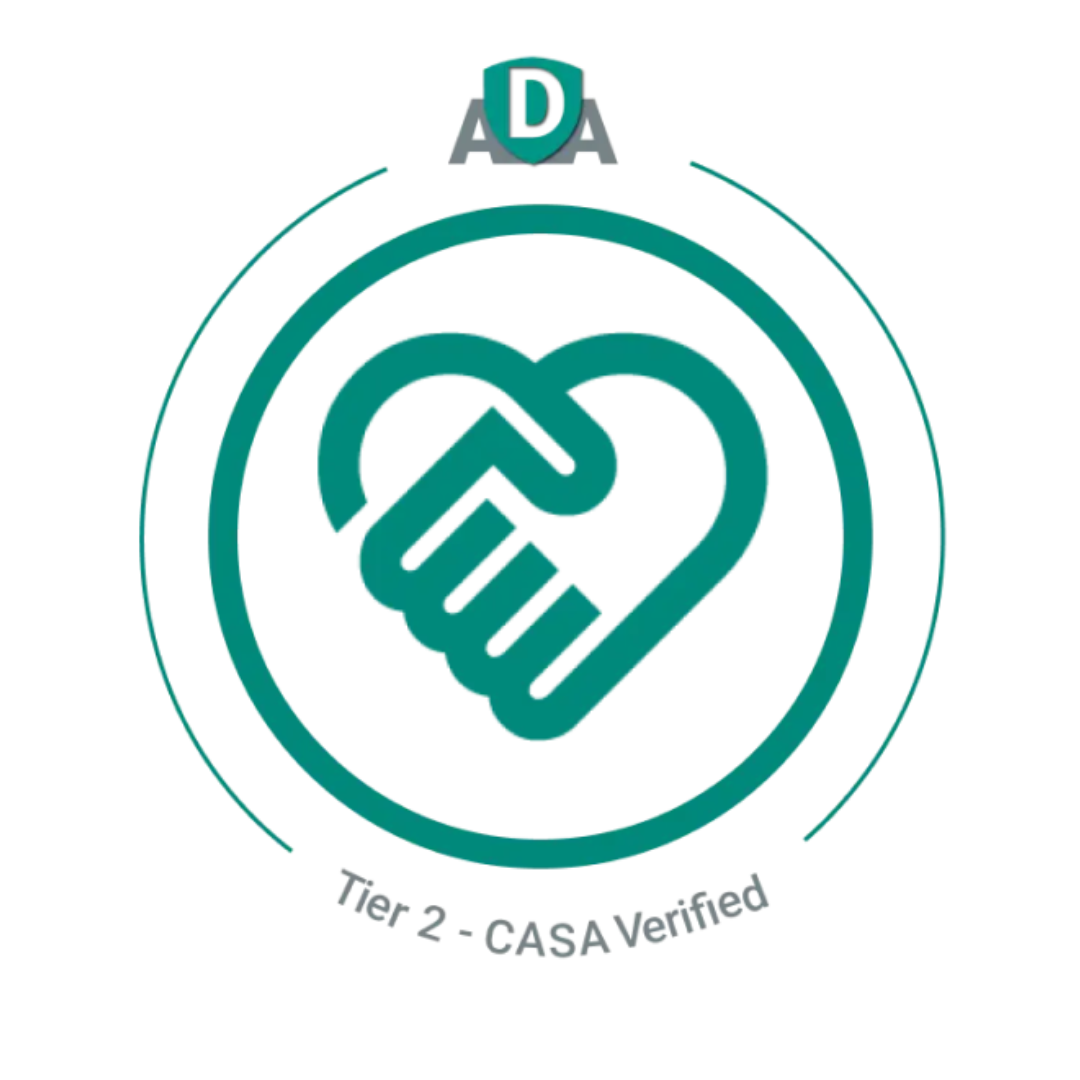The AI SaaS funding landscape has transformed dramatically in 2025, with pre-seed rounds now averaging $750k-$1.5M and angels writing checks between $25k-$500k. (Enterprise Technology Association) For founders seeking angel investment, the challenge isn't just about having a great product—it's about systematically identifying and engaging the right investors who understand your space and stage.
This comprehensive playbook will walk you through the exact process successful AI SaaS founders are using to secure their first angel checks in 2025. We'll cover everything from sizing your raise to leveraging data-driven investor discovery, crafting compelling outreach, and managing your fundraising pipeline effectively.
The New AI SaaS Funding Reality: What Angels Expect in 2025
Current Market Benchmarks
The AI venture funding landscape rebounded significantly, with over $11 billion raised in Q4 of 2023 alone. (AI Predictions for 2024) This momentum has continued into 2025, with notable rounds like Anysphere's $900 million Series C for their AI-powered coding assistant demonstrating strong investor confidence in AI's transformative potential. (Enterprise Technology Association)
For AI SaaS startups specifically, angels are now expecting:
• 15-20% month-over-month MRR growth even at low revenue levels
• Clear AI differentiation beyond just "we use ChatGPT"
• Evidence of product-market fit through user engagement metrics
• Defensible data moats or proprietary model advantages
Angel Check Sizes and Round Construction
In 2025, individual angel investors typically write checks ranging from $25k to $500k, with most falling in the $50k-$150k range. Pre-seed rounds for AI SaaS companies now commonly range from $750k to $1.5M, meaning you'll need 5-15 angel investors to complete your round.
The key is understanding that angels often follow lead investors or other angels they trust. This creates a cascading effect where securing your first few committed angels becomes crucial for closing the entire round.
Step 1: Sizing Your Raise Strategically
Determining Your Funding Needs
Before approaching any investors, you need crystal clarity on your funding requirements. Most successful AI SaaS founders structure their pre-seed rounds to achieve specific milestones over 12-18 months:
Technical Milestones:
• Complete MVP development and initial AI model training
• Achieve target accuracy/performance metrics
• Build initial integrations and API infrastructure
Business Milestones:
• Reach $10k-$50k MRR (depending on your market)
• Acquire 50-200 paying customers
• Demonstrate 15-20% monthly growth rate
• Build a sales and marketing engine
The 18-Month Rule
Size your round to last 18 months, not 12. This gives you adequate runway to hit your next milestones while providing buffer for unexpected challenges or opportunities. For most AI SaaS startups, this translates to:
• $750k-$1M: For technical teams with existing traction
• $1M-$1.5M: For teams needing to build both product and go-to-market
Step 2: Using Data-Driven Investor Discovery
The Power of Systematic Investor Research
Gone are the days of "spray and pray" fundraising approaches. Successful founders are now taking a systematic, data-driven approach to investor identification. As one life sciences founder noted, "Prior to Metal, we relied on word of mouth to identify investors that had deep familiarity with and expertise in our sector. With Metal, we are now able to take a more systematic approach toward identifying sector specialists." (Delmic Customer Story)
Leveraging Metal's 20-Filter Investor Graph
Metal's platform provides over 20 granular filters to help you identify the most relevant investors for your AI SaaS startup. (Metal Search Page) The key is understanding which filters matter most for your specific situation:
Stage Specialization Filters:
• Pre-seed investment percentage (aim for 40%+ of their portfolio)
• Recent activity (investments in the last 6 months)
• Check size range ($25k-$500k for angels)
Sector Relevance Filters:
• AI/ML investment history
• SaaS sector concentration
• Enterprise software familiarity
Geographic Alignment:
• Investment geography preferences
• Portfolio company locations
• Investor base location
The "Similar Companies" Strategy
One of the most effective approaches is identifying investors who have previously invested in companies similar to yours. Metal's proprietary algorithms help founders discover and analyze similar companies that have raised significant capital. (Pursuing Investors in Similar Companies)
Investors that invest in specific sectors like AI or SaaS once or twice are significantly more likely to make additional investments in that particular area. This pattern recognition is crucial for improving your conversion rates.
Building Your Target List: The 50-75 Rule
Using Metal's filtering system, aim to identify 50-75 AI-focused angels who meet your criteria. This number provides enough options while remaining manageable for personalized outreach. Your target list should include:
• Tier 1 (15-20 investors): Perfect fit angels with strong AI SaaS track records
• Tier 2 (20-25 investors): Good fit angels with adjacent experience
• Tier 3 (15-30 investors): Potential fit angels worth exploring
Step 3: Crafting Data-Rich Outreach
The Importance of Warm Introductions
Metal's platform taps into your LinkedIn, Gmail, and other data sources to show who in your network can provide warm introductions. (Metal Quickstart Guide) Warm introductions significantly increase your response rates and meeting conversion.
Introduction Request Template:
Hi [Mutual Connection],
Hope you're doing well! I'm reaching out because I noticed you're connected to [Angel Investor Name] on LinkedIn.
We're raising a $1M pre-seed round for [Company Name], an AI SaaS platform that [specific value proposition]. We've achieved [specific traction metric] and are growing at [growth rate]% month-over-month.
Given [Angel's Name]'s investment in [similar company] and expertise in [relevant area], I believe there could be strong alignment.
Would you be comfortable making a brief introduction? Happy to send over our deck and any additional context you'd find helpful.
Best,
[Your Name]
Cold Outreach Best Practices
When warm introductions aren't available, cold outreach can still be effective if done thoughtfully:
"[Company Name] - AI SaaS with [Specific Traction Metric]"
Email Structure:
1. Hook: Lead with your most compelling metric or achievement
2. Context: Brief explanation of what you're building and why now
3. Relevance: Specific reason you're reaching out to them
4. Ask: Clear, specific request for a meeting
5. Social Proof: Brief mention of other investors or customers
Data Points That Matter to Angels
Angels want to see evidence of momentum and potential. Include these key metrics in your outreach:
• Monthly Recurring Revenue (MRR) and growth rate
• Customer acquisition metrics (CAC, LTV)
• Product usage data (DAU, retention rates)
• AI model performance (accuracy, speed improvements)
• Team credentials and relevant experience
Step 4: Managing Your Pipeline with Metal's CRM
Systematic Follow-Up Sequences
Metal's built-in CRM helps you manage and track your fundraising outreach from start to finish. (Pipeline Development Process) Successful founders follow a structured follow-up sequence:
Tracking Key Metrics
Monitor these pipeline metrics to optimize your approach:
• Response Rate: Aim for 15-25% for warm introductions, 5-10% for cold outreach
• Meeting Conversion: Target 30-50% of responses converting to meetings
• Investment Conversion: Expect 10-20% of meetings to result in investment interest
The Importance of Pipeline Velocity
Founders that zoom in on the right type of "most likely" investors are often able to close rounds with a higher level of certainty than those adopting a "spray-and-pray" approach. (Metal Blog) This systematic approach reduces fundraising time and increases success rates.
Real-World Case Studies: AI SaaS Success Stories
Case Study 1: Applied Intuition's Strategic Approach
Applied Intuition, an autonomous vehicle software company, recently secured $600 million in a Series F round, reinforcing its status as a global leader in simulation and infrastructure for autonomous systems. (Enterprise Technology Association) While this was a later-stage round, their early fundraising approach offers valuable lessons:
• Sector Specialization: They focused on investors with deep automotive and AI expertise
• Technical Differentiation: Clear articulation of their proprietary simulation technology
• Market Timing: Capitalized on growing autonomous vehicle investment trends
Case Study 2: Delmic's Systematic Investor Targeting
Delmic, building microscopy workflows for life sciences research, successfully raised €6M from specialized investors including the European Investment Fund and Value Creation Capital. (Delmic Customer Story) Their approach demonstrates the power of systematic investor research:
"The ability to consolidate all fundraising-related research, operations and pipeline formation in one place has led to a significant value add," noted their team. They operated in a specialized sector requiring deep expertise, making targeted investor identification crucial.
Advanced Strategies for AI SaaS Founders
Leveraging AI Investment Trends
The AI sector has seen unprecedented investment activity, with platforms like Metal being adopted by top private equity firms to accelerate their diligence processes. (Metal AI Platform) This institutional adoption of AI tools demonstrates the sector's maturity and investment appeal.
Building Investor Relationships Before You Need Them
Start building relationships with potential investors 6-12 months before you plan to raise. Share regular updates about:
• Product development milestones
• Customer acquisition wins
• Team expansion
• Market insights and trends
The Network Effect Strategy
Successful AI SaaS founders leverage their existing networks strategically. Metal's platform helps identify these network connections, showing who in your network can provide warm introductions to target investors. (Metal Quickstart Guide)
Common Pitfalls to Avoid
Mistake 1: Targeting the Wrong Stage Investors
Many founders confuse pre-seed and seed investors, pursuing investors who specialize in later stages. Use Metal's filtering system to identify true pre-seed specialists who have made 40%+ of their investments at your stage.
Mistake 2: Ignoring Geographic Preferences
Some angels have strong geographic preferences or focus areas. Research their portfolio companies' locations and ensure alignment with your startup's geography.
Mistake 3: Generic Outreach Messages
Personalization is crucial. Reference specific investments they've made, articles they've written, or companies they've advised. Show that you've done your homework.
Mistake 4: Poor Follow-Up Discipline
Many promising conversations die due to poor follow-up. Use Metal's CRM to maintain consistent, value-added communication with all prospects. (Pipeline Development Process)
Building Your Fundraising Timeline
Month 1: Preparation and Research
• Finalize your pitch deck and financial projections
• Use Metal's platform to identify and research 50-75 target angels
• Prepare your data room with key metrics and documentation
• Map out warm introduction opportunities
Month 2: Initial Outreach
• Begin outreach to Tier 1 investors
• Schedule and conduct initial meetings
• Gather feedback and iterate on your pitch
• Start building momentum with interested angels
Month 3: Closing and Documentation
• Secure verbal commitments from key angels
• Negotiate terms and finalize legal documentation
• Close the round and announce to your network
Measuring Success: Key Performance Indicators
Track these metrics throughout your fundraising process:
Outreach Metrics:
• Total investors contacted
• Response rate by outreach method
• Meeting conversion rate
Pipeline Metrics:
• Number of active investor conversations
• Average time from first contact to decision
• Conversion rate from meeting to term sheet
Outcome Metrics:
• Total amount raised
• Number of investors in the round
• Time from launch to close
The Future of AI SaaS Fundraising
As AI continues to mature, investors are becoming more sophisticated in their evaluation criteria. The days of raising money on AI hype alone are over. Successful founders in 2025 and beyond will need to demonstrate:
• Clear AI differentiation beyond commodity models
• Defensible competitive advantages through data or technology
• Strong unit economics and path to profitability
• Experienced teams with relevant AI and SaaS expertise
The investment landscape will continue to favor founders who take a systematic, data-driven approach to fundraising. Platforms like Metal are enabling this shift by providing the tools and insights needed to identify and engage the right investors efficiently. (Metal Manifesto)
Conclusion: Your Action Plan
Securing angel investment for your AI SaaS startup in 2025 requires a systematic, data-driven approach. Here's your immediate action plan:
1. Size your raise strategically based on 18-month milestones
2. Use Metal's 20-filter system to identify 50-75 target angels
3. Prioritize warm introductions and craft personalized outreach
4. Manage your pipeline systematically using Metal's CRM tools
5. Track key metrics and optimize your approach based on data
The founders who succeed in today's competitive landscape are those who treat fundraising as a systematic process, not a random activity. By leveraging the right tools and following proven methodologies, you can significantly increase your chances of landing those crucial first angel checks.
Remember, investors that have previously invested in companies similar to yours are often the "most likely" partners for your startup. (Pursuing Investors in Similar Companies) Focus your efforts on these high-probability opportunities, and you'll find that fundraising becomes more predictable and successful.
The AI SaaS opportunity is massive, and the right investors are actively looking for the next breakthrough companies. With the systematic approach outlined in this playbook, you'll be well-positioned to secure the funding you need to build and scale your AI SaaS startup in 2025 and beyond.
Frequently Asked Questions
What are the typical angel investment amounts for AI SaaS startups in 2025?
In 2025, AI SaaS pre-seed rounds are averaging $750k-$1.5M, with individual angel investors typically writing checks between $25k-$500k. This represents a significant increase from previous years, driven by strong investor confidence in AI's potential and notable funding rounds like Anysphere's $900M Series C.
How can AI SaaS founders systematically identify potential angel investors?
The most effective approach involves using systematic investor discovery methods, such as Metal's 20-filter system, which helps founders identify investors who have previously backed similar companies. This data-driven approach allows you to target investors with relevant portfolio companies and investment thesis alignment, significantly improving your outreach success rates.
What should be included in a data-driven outreach strategy for angel investors?
A successful outreach strategy should include personalized messaging based on the investor's portfolio and interests, clear value propositions aligned with current market trends, and systematic follow-up sequences. Focus on demonstrating traction metrics, market opportunity size, and how your AI SaaS solution addresses specific pain points that resonate with each investor's investment thesis.
How has the AI venture funding landscape changed in 2025?
The AI venture funding landscape has shown remarkable resilience and growth, with funding rebounding to over $11 billion in Q4 2023 and continuing strong momentum into 2025. Major rounds like Applied Intuition's $600M Series F demonstrate sustained investor appetite for AI solutions across various industries, creating favorable conditions for early-stage AI SaaS fundraising.
What pipeline management techniques are most effective for tracking angel investor outreach?
Effective pipeline management involves creating systematic tracking of investor interactions, follow-up schedules, and decision timelines. Use CRM tools to monitor response rates, meeting outcomes, and investor feedback. Metal's recommended process for pipeline development emphasizes consistent data collection and analysis to optimize your approach and identify the most promising investor relationships.
How can founders leverage investor research tools to improve their fundraising success?
Modern investor research tools like Metal's AI-powered platform can significantly accelerate the due diligence process and help founders identify the right investors. These tools unify internal and external data to uncover insights about investor preferences, portfolio patterns, and investment timing, allowing founders to approach investors with highly targeted and relevant pitches.
Sources
1. https://docs.metal.so/content/pipeline-development/recommended-process
2. https://docs.metal.so/quickstart
3. https://stayblog.substack.com/p/top-4-observations-for-ai-venture
4. https://www.joineta.org/blog/ai-startup-funding-surge-notable-rounds-from-june-2025
6. https://www.metal.so/blog/pursuing-investors-in-similar-companies
7. https://www.metal.so/customer-stories/delmic





